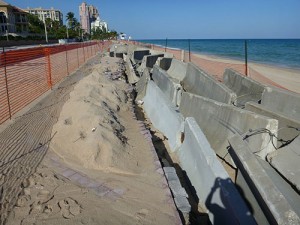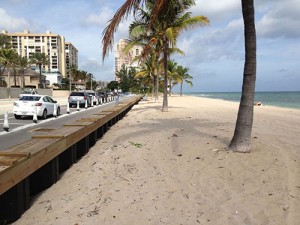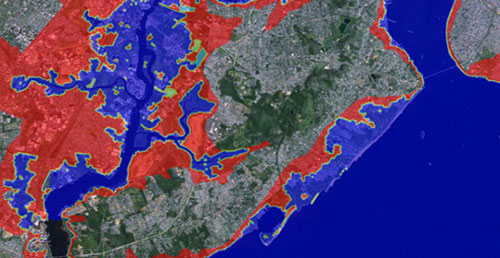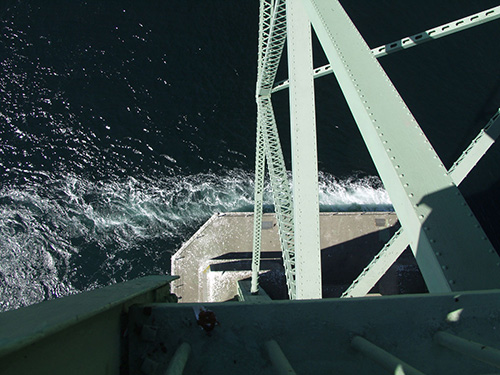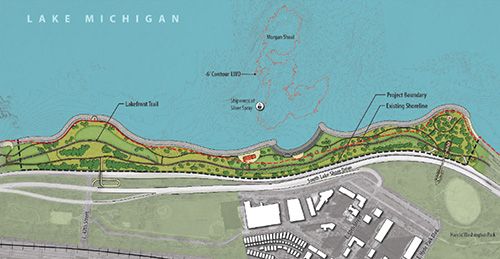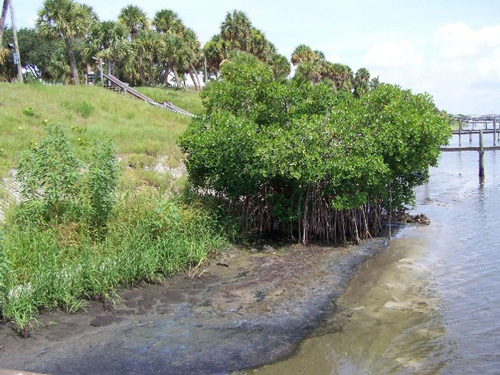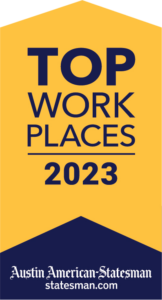
Challenge: To evaluate the safety of bridges throughout the state of Hawaii
Solution: Since 2021, INTERA has participated as part of an engineering team responsible for conducting a phased evaluation of the scour vulnerability of bridges across the state of Hawaii. To date, the evaluations have assessed the foundations of 314 bridges, and have included site visits, hydraulic modeling, scour calculations, stability analyses, and developing plans-of-action for bridges determined to be vulnerable. INTERA has completed evaluations of 120 bridges on Oahu and the Big Island. The project is ongoing as recommendations have been made for further evaluations of 98 of the bridge structures
Results: As a result of our preliminary evaluations, INTERA has recommended that 98 of the 120 bridge structures be further examined to help ensure public safety.



